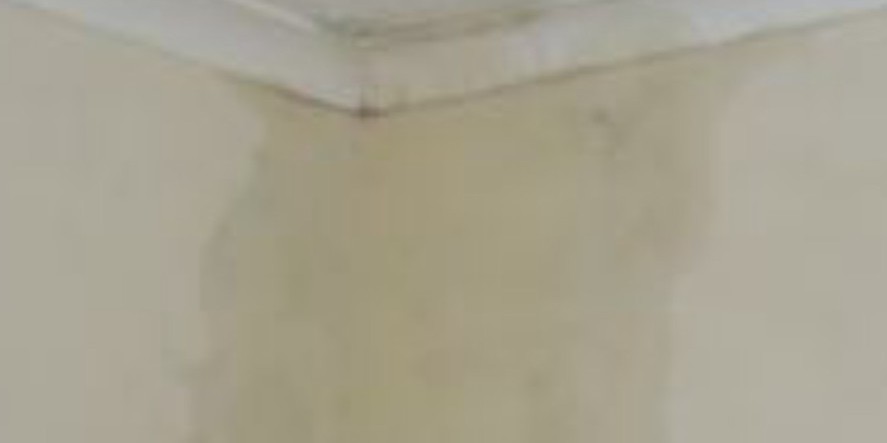What is Penetrating Damp?
Posted on 14th September 2022 at 10:59
Penetrating damp, or dampness, is often referred to as wet rot, and is one of the most common causes of dampness in older buildings. It occurs when water infiltrates through an external wall and enters the building. This happens because bricks and stones are naturally porous, meaning they absorb moisture easily. When external brick or stone walls degrade over time, it allows water to enter the building.
The damage caused by wet weather conditions such as heavy rain, snow melt, and wind-driven rain can cause water to penetrate through the external wall and into the building. Once inside, the water travels along the internal surface of the wall and becomes trapped behind plasterboard or drywall panels. As the water continues to accumulate, it eventually seeps through the joints between the drywall boards and drips down onto the floor.
What are the causes of penetrating damp?
There are many different sources that can cause penetrating damp within buildings, including:
Different types of building defects – including overflowing gutters, leaky or blocked pipes, damaged window frames and pointing and flashing, dilapidated or poorly installed windows, and lack of roof tiles.
Porous walls – old bricks lose their ability to hold water out while cracks in exterior rendering allow water to enter.
Cracked bricks and degraded mortar – damaged brickwork allows water to enter.
The most common source of moisture problems is leakage from the outside, although there are many other possible causes. If you suspect that your house is suffering from this problem, it is important to seek professional help as soon as possible.
What sort of damage can penetrating damp do?
Penetrating damp is one of the leading causes of structural decay in homes. If left untreated, it can cause serious health risks and costly repairs. Many people are unaware of how dangerous it can be, and how quickly it spreads throughout a home.
The main symptoms of penetrating damp include:
Sudden changes in temperature
Smell of mould
Water dripping into rooms
Damage to flooring
Cracks in walls
Moisture stains on ceilings
Wet patches on wallpaper
Dampness on windowsills
Rotten wood
Fungal growth
Dry rot
How To Treat Penetrating Damp
The first step to tackling penetrating damp is to find and fix the source of moisture. This can include fixing roof tiles or repairing cracks in the mortar or mending damaged pipes.
If the issue is caused by a defect in the structure, it should be fixed prior to carrying out further work. Otherwise, the problem might reoccur.
With the risk of penetrating damp present, you could have underlying rot or mould issues. These should be treated before continuing dry rot treatment.
During our initial survey, we will check for the signs indicating decay or other associated problems and advise accordingly.
Expert treatment options for penetrating damp include our range of products and systems designed to effectively treat wet areas such as basements, bathrooms, and kitchens. We are able to provide expert advice and guidance on how best to tackle your problem.
We work closely with homeowners and landlords to ensure we understand what you require and deliver a high-quality product. All our products are manufactured to comply with current building regulations, ensuring that your property is protected against water damage.
If you would like to discuss your requirements further please contact us today.
Tagged as: Penetrating Damp
Share this post:


